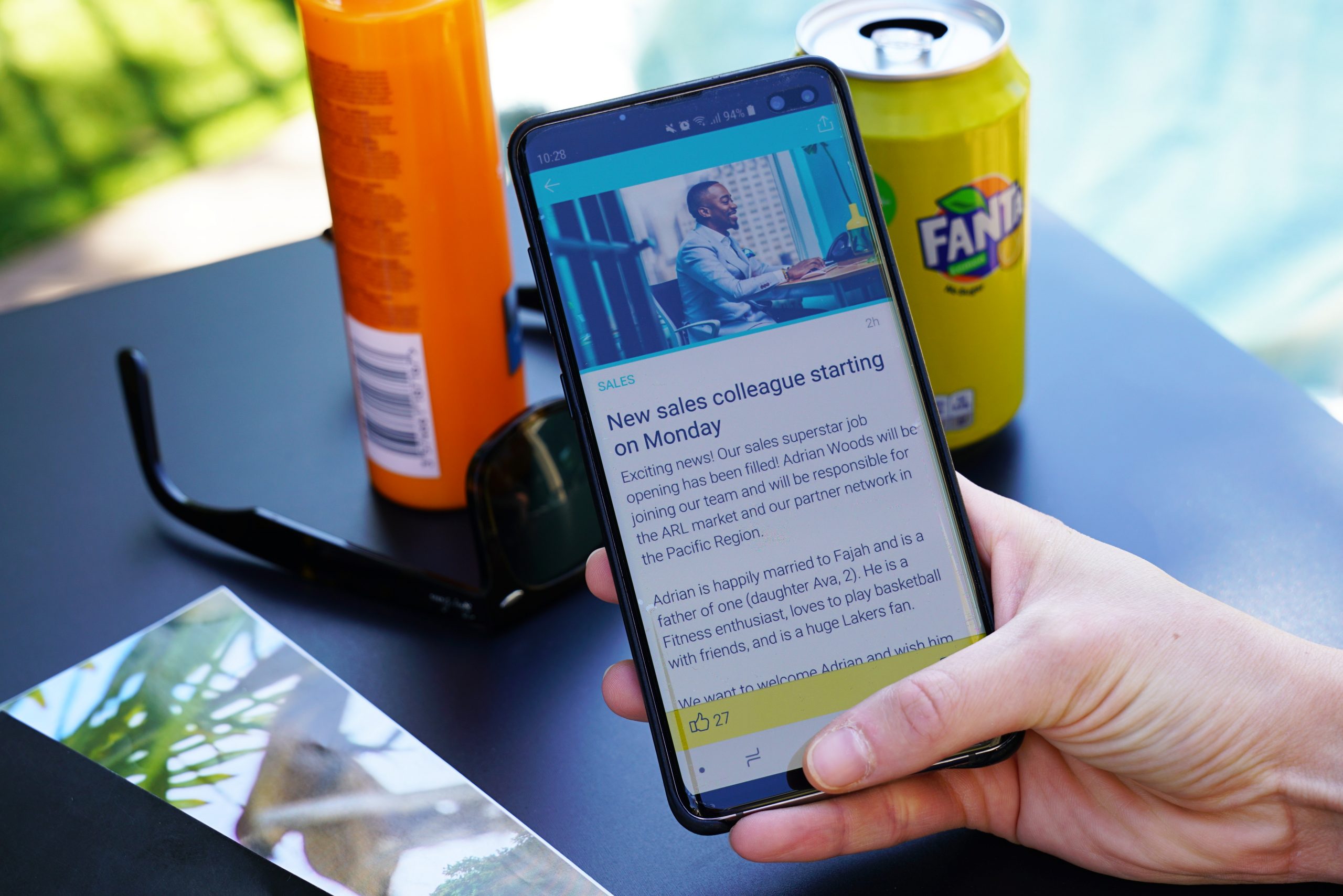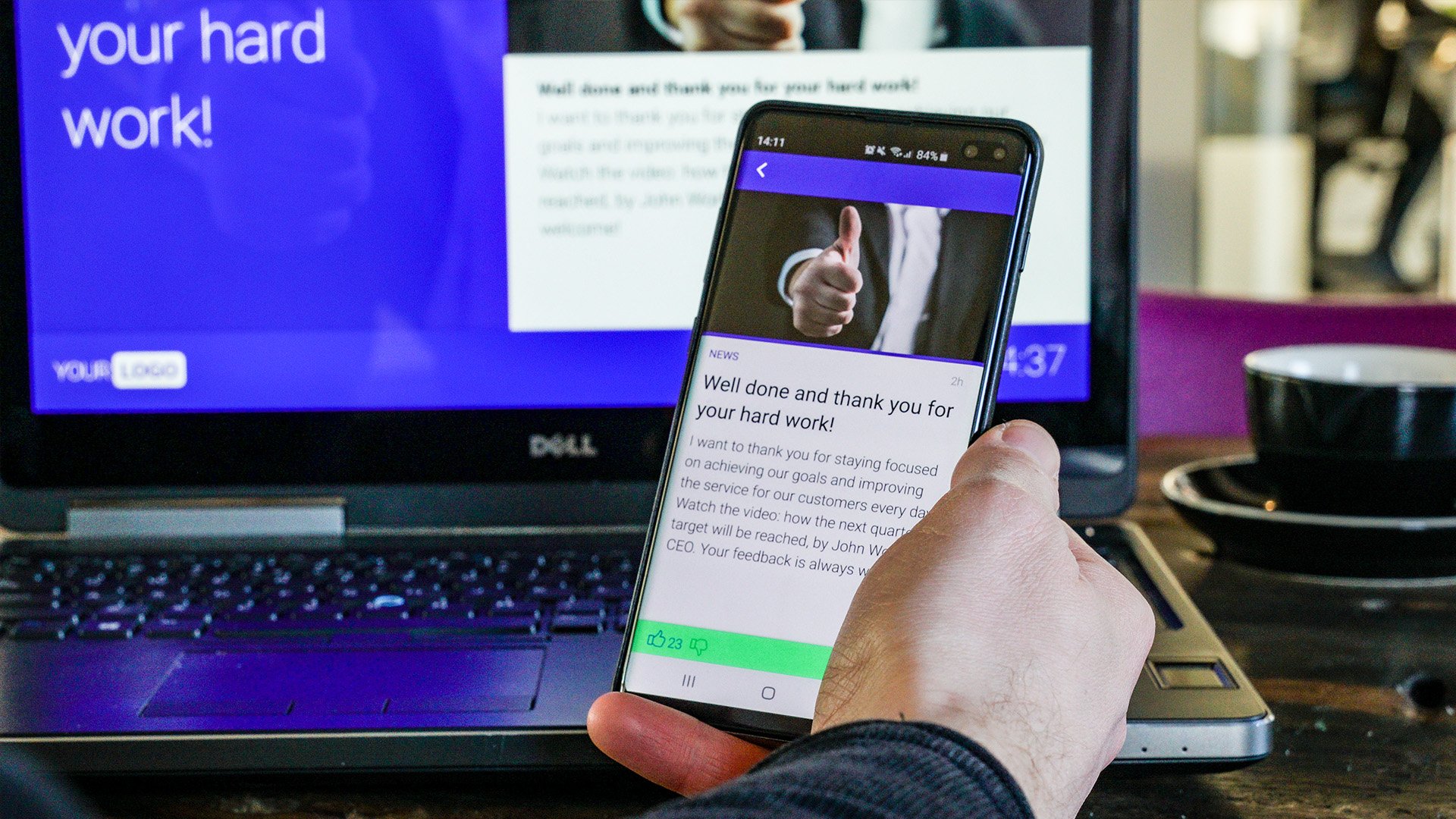How to avoid information overload in the workplace
Estimated reading time: 6 minutes
Most developments in communication and technology are thought of as having a positive influence on business. The internet allows us to communicate and collaborate easily with our colleagues, even when we cannot physically be present in the same room. And nowadays, information can be brought to employees through all kinds of digital channels. However, current research suggests that the growing volume of available information can affect decision making, innovation, and productivity. And it is also taking a financial toll: Information overload costs the U.S. economy 900 billion dollars a year. Ouch! So, how do you avoid information overload in the workplace?
In short, these three measures will help you avoid information overload in the workplace:
The most logical thing to do, and maybe the first thing that comes to mind would be reducing the information you share with your organization. However, you may not always have an impact on that side of things. Instead, you might want to rethink which channels you are using to get information to your employees. Email, for example, is not the most effective way to reach employees anymore: a full 60.8 percent of respondents in a survey about workplace communication preferences exposed they either occasionally, often, or always ignore emails at work. So, while you think you are reaching everyone through email, you may just be adding to the noise and flooding your employees’ inboxes with unnecessary emails.
What causes information overload…
Email is not the only source of information overload in your organization. Typically, the term ‘overload’ means ‘too much of something’. So, information overload at work usually refers to the overwhelming amount of information and data employees process daily in their jobs.
However, when you refer to information overload, you do not just address the volume of information shared in the workplace. Poor quality of information adds to the overload as well. And when we say poor quality, we mean information that is irrelevant to (some of) your employees. Information overload in the workplace is related to:
- (As stated before,) too much information exchanged in the organization
- A lack of coordination between various communication channels
- Irrelevant information shared in the organization
- A lack of time to process the information shared in the organization
… And how you avoid information overload
One of the central sources of information overload at work is the glut of information channels organizations are using to communicate with their employees. Take your own organization, for example. You may be using email, intranet, newsletters, digital signage, private messaging apps, screensavers, collaboration platforms, video conferencing software, a corporate app, document sharing platforms, et cetera.
With all these channels used simultaneously, it is easy for your employees to get drawn into digital distractions and lose grip on all the conversations going on within these channels.
Align your channels
But the real issue is not the number of channels; if all these discussions were appropriately aligned, the problem would be significantly reduced. It is the lack of coordination between these channels that cause confusion. Therefore, the solution to this problem is not necessarily to immediately eradicate some of these channels: one employee may choose to consume most information from a different channel then someone else. However, you could try to find a way to better coordinate all the channels you are using.
Construct (several) central places that allow your employees to easily find all the latest corporate news and the information they need to do their jobs (including your remote and non-desk employees). Our omnichannel communication platform enables you to publish the same message through various communication channels such as digital signage screens, a corporate app, your employees’ screensavers, or Microsoft Teams, helping you to coordinate your communication channels. Employees will not have to check every communication channel available anymore, since the messages transferred through these channels will be aligned. They can now choose to consume information through their preferred communication channel.
Make content relevant
Have you wondered yet what causes 60.8 percent of employees to ignore corporate emails? If employees feel a message is irrelevant to them, they will not read it. So, one of the best ways to reduce information overload in the workplace is to target your employees with content that is relevant to them. Create content based on your employees’ roles within the organization, their locations, the language they speak, and their department. You’re probably not that interested in a new colleague when they start at the Atlanta office while you’re located in Sacramento and will most likely never meet them, right?
After you segment your content, only send it to the workers that genuinely benefit from this information. This way, your messages will appeal to your colleagues. They will not feel like the information you send them is part of the overload; they will feel like they need your messages to do their job properly.

Stop the multitasking
The constant connectedness we discussed earlier causes (forces) us to become multitaskers; we have incredible demands on our time as we try to fit more and more into the same 24 hours. Having to get more work done, in most cases, means having to process more information. And it usually also means processing that information fast, in between tasks.
To give your employees a chance to cope with this information inundation, allow them to take time to explore this ocean of information in your organization at their own convenience. Make sure there are ways your employees can read any important messages when it suits them, not when it suits you (except for the information they must get immediately, such as safety warnings).
Publish the information in your corporate app, for example, so they can scroll through the app at moments they would usually be on their phones anyway, scrolling through a news app or social media. This allows you to reach your employees in a non-intrusive way; information that is not forced upon them will feel less overwhelming. You can still disturb them with truly crucial information through text messaging or push notifications that will light up their phones and immediately draws attention. However, do not overuse these features: push systems are related to information overload.
In the end, the solution to information overload is a proper communication strategy and the right tools. Keep communicating with your employees, but make sure you get the right message to the right employee. Could you use some help with this? Feel free to contact one of our consultants, or download our nine tips on reducing workplace distraction and start improving communication!


